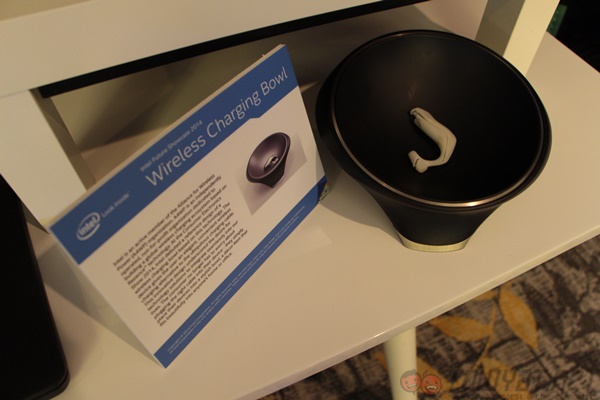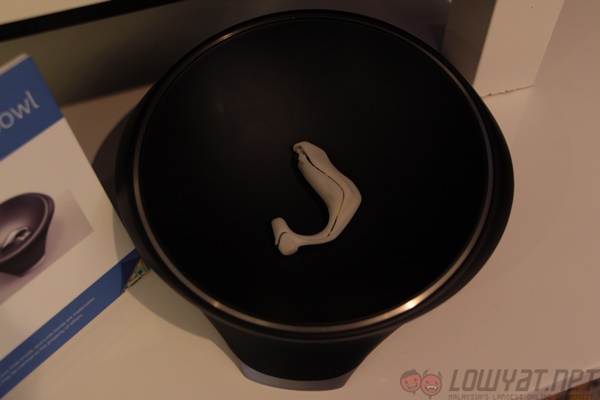
Intel expects wireless charging to grow exponentially within the next few years and is currently investing heavily in the technology. A presentation made at the Intel Future Showcase held in Singapore outlined the company’s strategy for wireless charging in the near future; which includes a separate standard from the current popular Qi wireless charging technology.
As part of the Alliance for Wireless Power (A4WP), Intel is supporting the deployment of the Rezence wireless chagrining standard. Rezence is being developed to be able to provide up to 50 watts of power without cables, while also supporting the charging of multiple devices at one time. In theory, this should provide for more spatial freedom, allowing entire table tops to be built as wireless charging surfaces instead of the current charging mats or pads.

The increased power transfer is meant to allow the charging standard to provide power to PCs, while also allowing wireless peripherals, like the mouse and keyboard, to operate without the need to constantly change batteries. Ideally, the technology should extend to more than just keeping mobile devices charged, and will provide power to a wider range of devices to cut down on the amount of power cables that are needed.
Intel’s plan for the Rezence wireless charging standard is to deploy it in the same way it approached bringing introducing WiFi to the public. At first with Intel managed experience zones that demonstrate the capabilities of wireless charging in a controlled environment. This will be followed by a partner lead experience, which is generally convincing OEMs that are part of the A4WP group to begin fully deploying the technology on their devices.

The A4WP has no shortage of manufacturing partners as it counts some 150 companies as members, this includes giants like Samsung, ASUS, HP, Lenovo, and LG; in addition to Intel itself. The real question is how this standard will compete with the Qi wireless charging standard that is currently more popular, but only supports charging up to 5W.
Qi, however, is more commonly deployed with Nokia having the most popular devices to use the wireless power transfer standard. Two competing standards is not part of Intel’s plan for the technology, but also not in the best interests of consumers.

With the plans for the first year of Intel’s initial push for wireless charging beginning in 2015, it will be interesting to see how the public will receive the efforts. It isn’t like wireless charging is anything spectacularly new, but as a convenience it has not entirely managed to capture the imagination of consumers.

